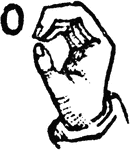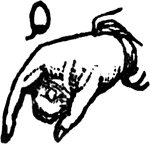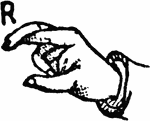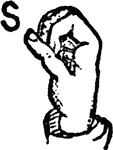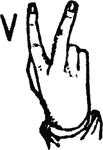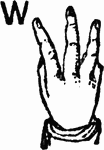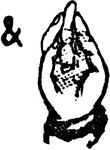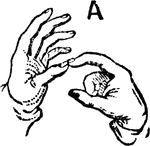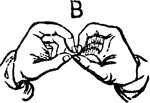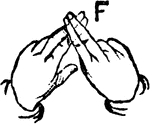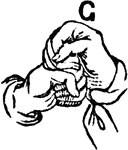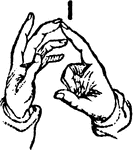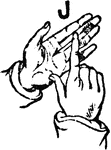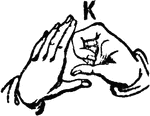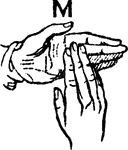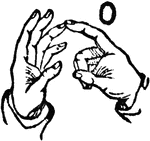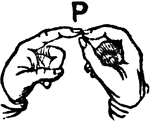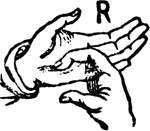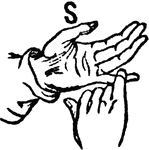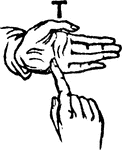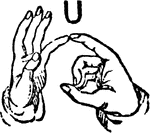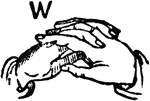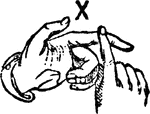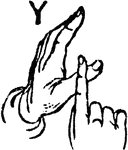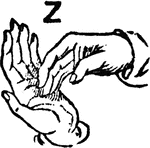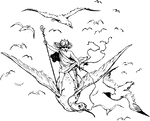
Ball-bearing Hub
"A ball-bearing hub with outward cups. The hub-shell H is turned out of mild steel, and the cups C are…
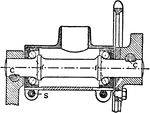
Crank-axle Bearing
"The usual form of crank-axle bearing which has inward-cups and is cup-adjusting. The end of the bracket…

Cephalotus
"Cephalotus follicularis, showing ordinary leaves and pitchers, the right hand one cut open to show…

Hand Roller
"Finally, the leather is rolled and compressed on a level zinc-lined wooden bed by a heavy hand roller,…
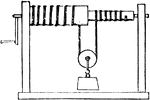
Windlass
"Windlass.—The common windlass for drawing water is another modification of the wheel and axle.…
Wheel Barometer
"The whole length of the tube of the wheel barometer, from C to A, is 34 or 35 inches, and it is filled…

Hand Arteries
"The arteries of the hand, showing the communications or anastomoses of different arteries and the fine…
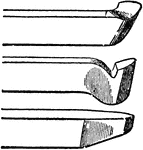
Slide-Rest Tools
"The middle one an ordinary hook tool, suited for outside work on wrought iron or steel, and the one…

Screwing Machine
"The machine is in fact a lathe with a few special features, such as the hollow mandrel, which enables…

Drilling Machine
"An ordinary vertical drilling machine, one of comparatively small size and single-geared having been…

Praying Mantis
"Probably no other insect has been the subject of so many and widespread legends and superstitions as…

A Frankish Chief in Full Armor
A chief of a Frankish tribe, wearing full battle armor. He stands looking to his right holding a long…
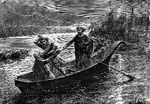
Murder of Prince Arthur
As a kind of joke, John, King Henry's youngest son, had been called Lackland, because he had nothing…
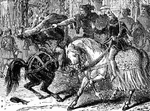
Death of Wat Tyler
Wat Tyler, while talking to the King, grew violent, forgot to whom he was speaking, and laid his hand…

Hand
1. Nerves of the skin 2. Tendons 3. Arteries of the palm of the hand 4. Elbow nerve 5. Elbow artery…
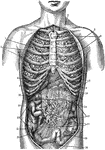
Internal Anatomy
1. Collar bone 2. Left Lung 3. Breast Bone 4. Right Lung 5. Ribs 6. Right lobe of the liver 7. Left…

Offering of Isaac
"And they came to the place which God had told him of. And Abraham built the altar there, and laid the…
